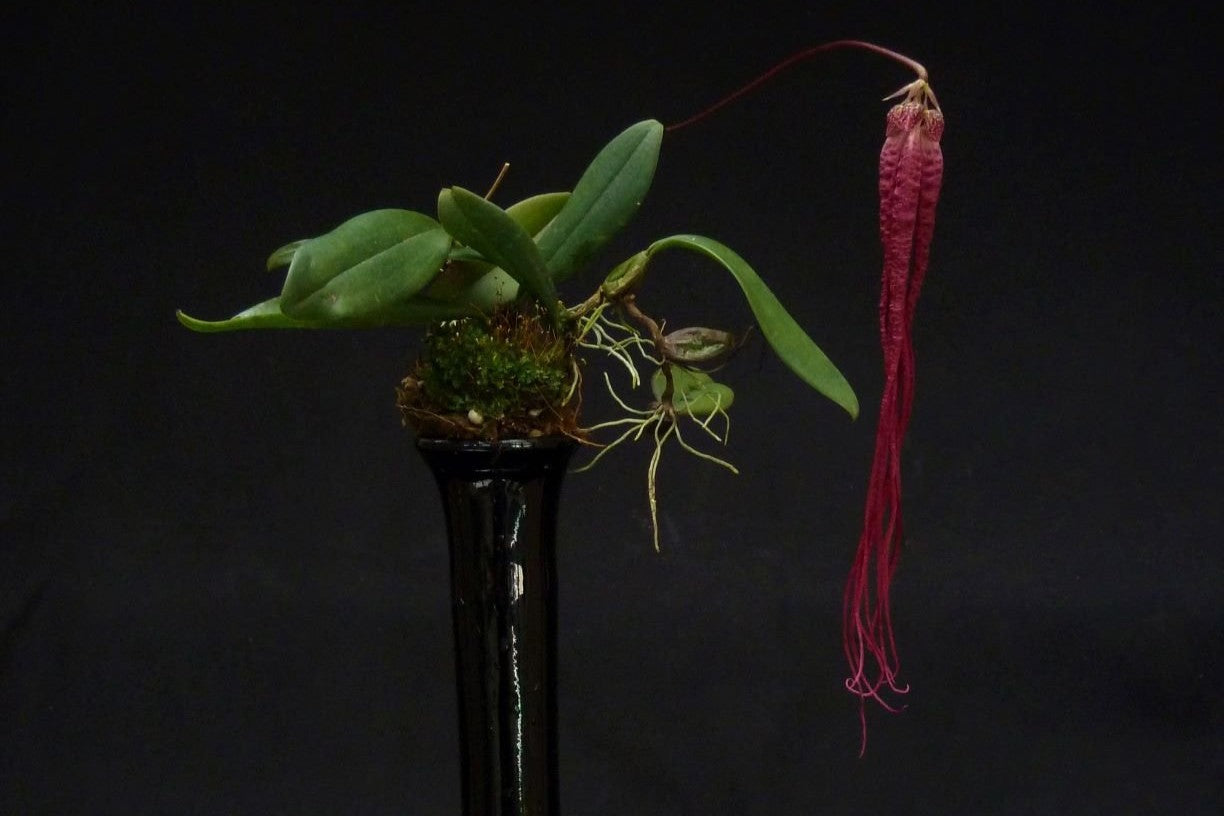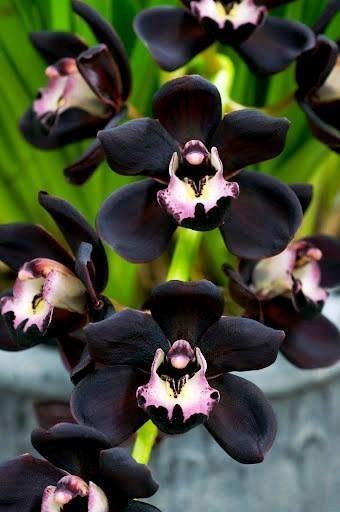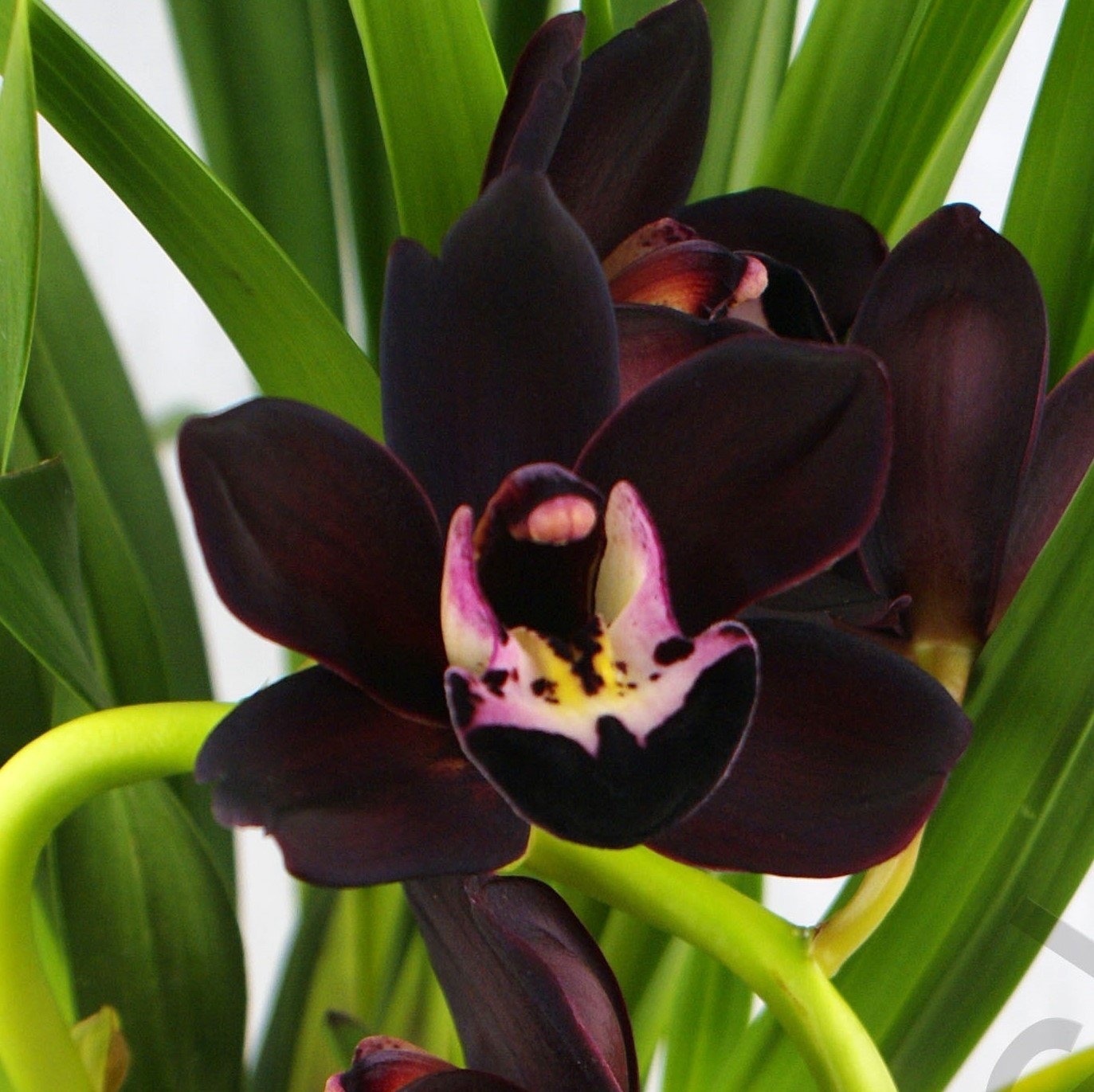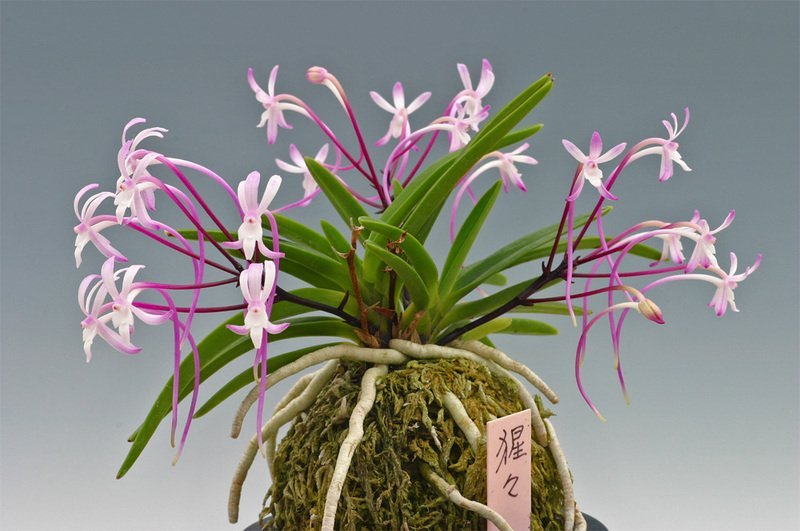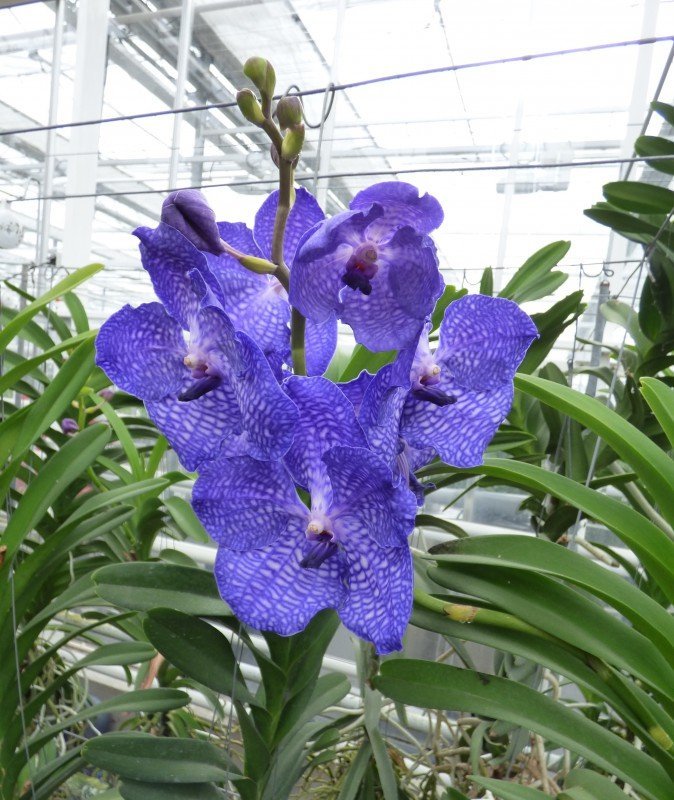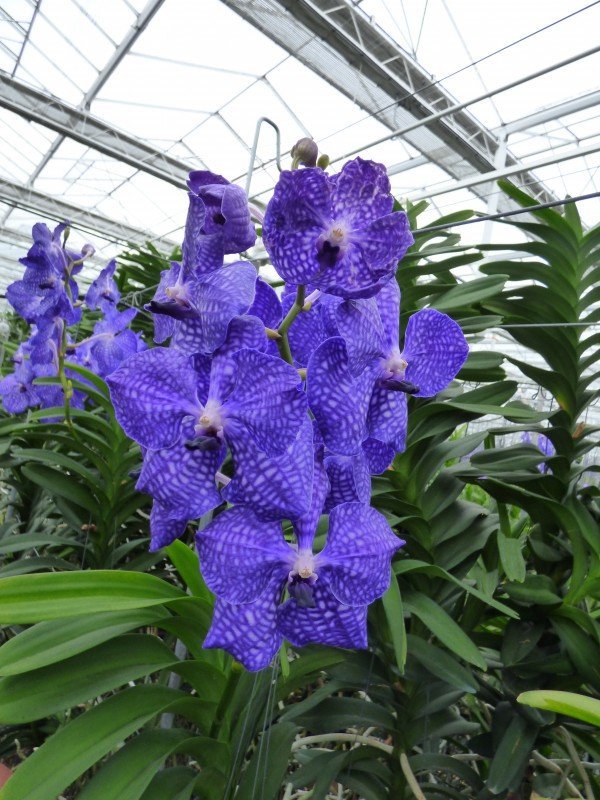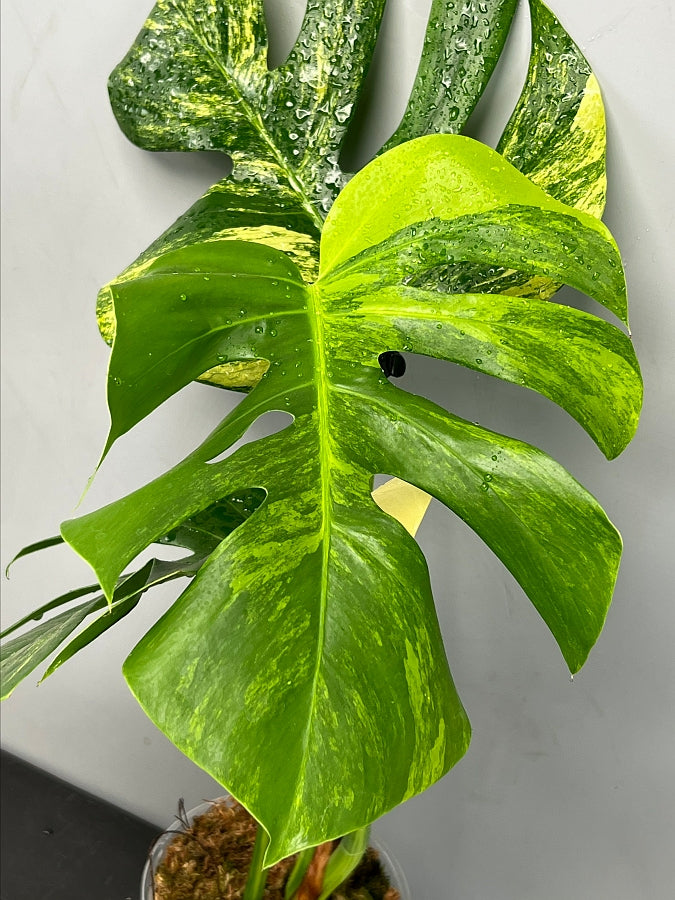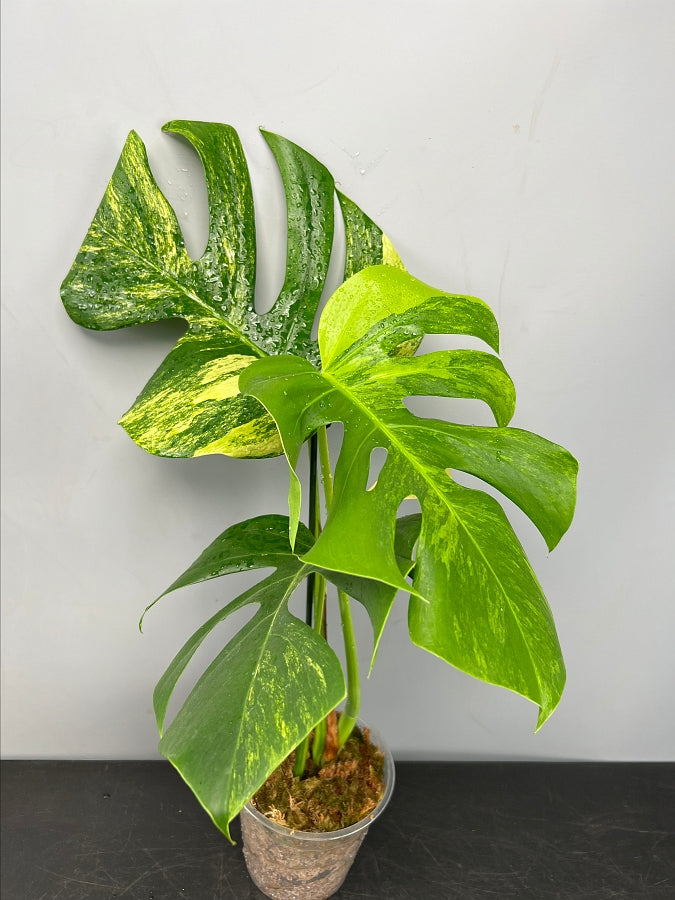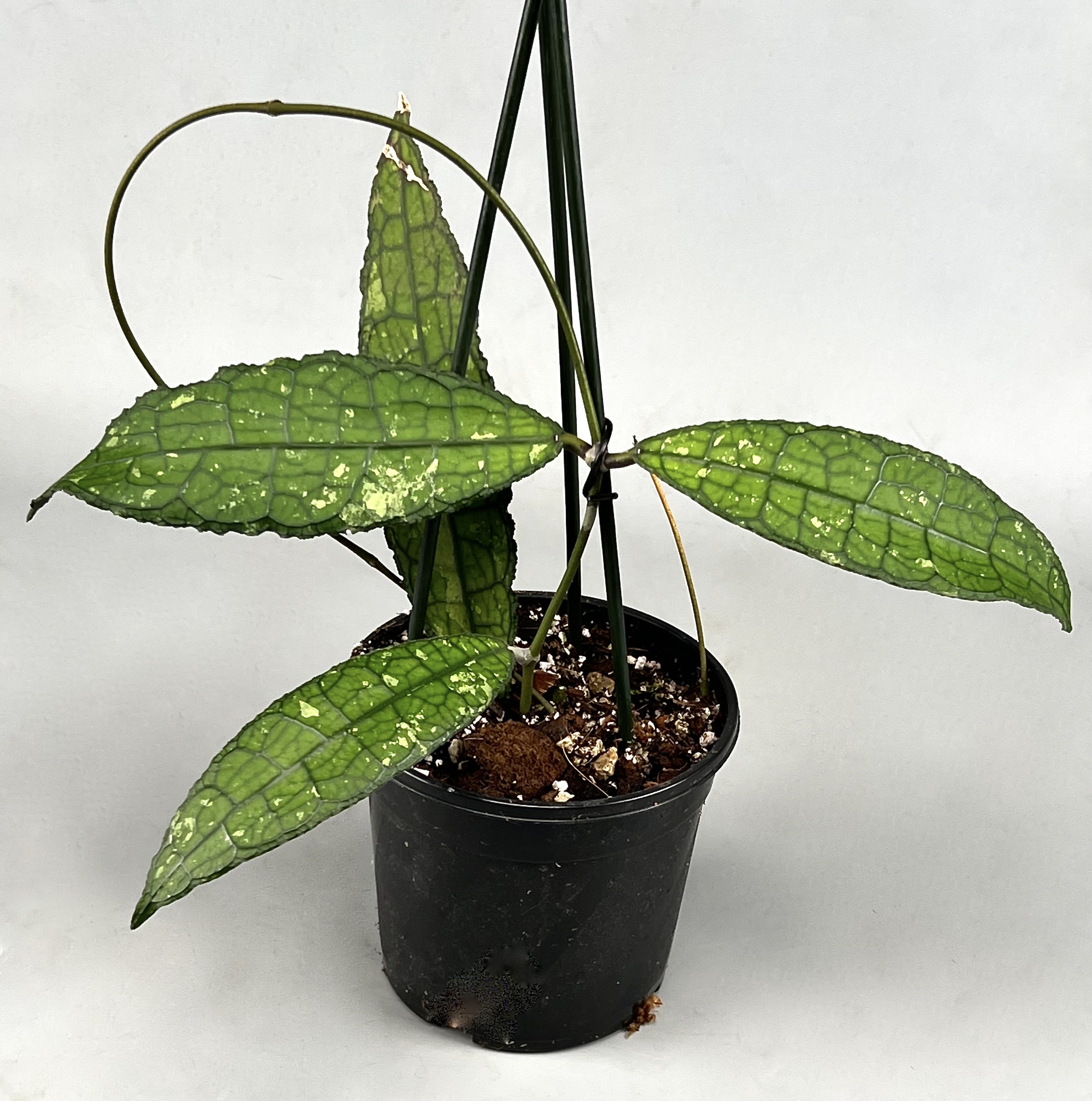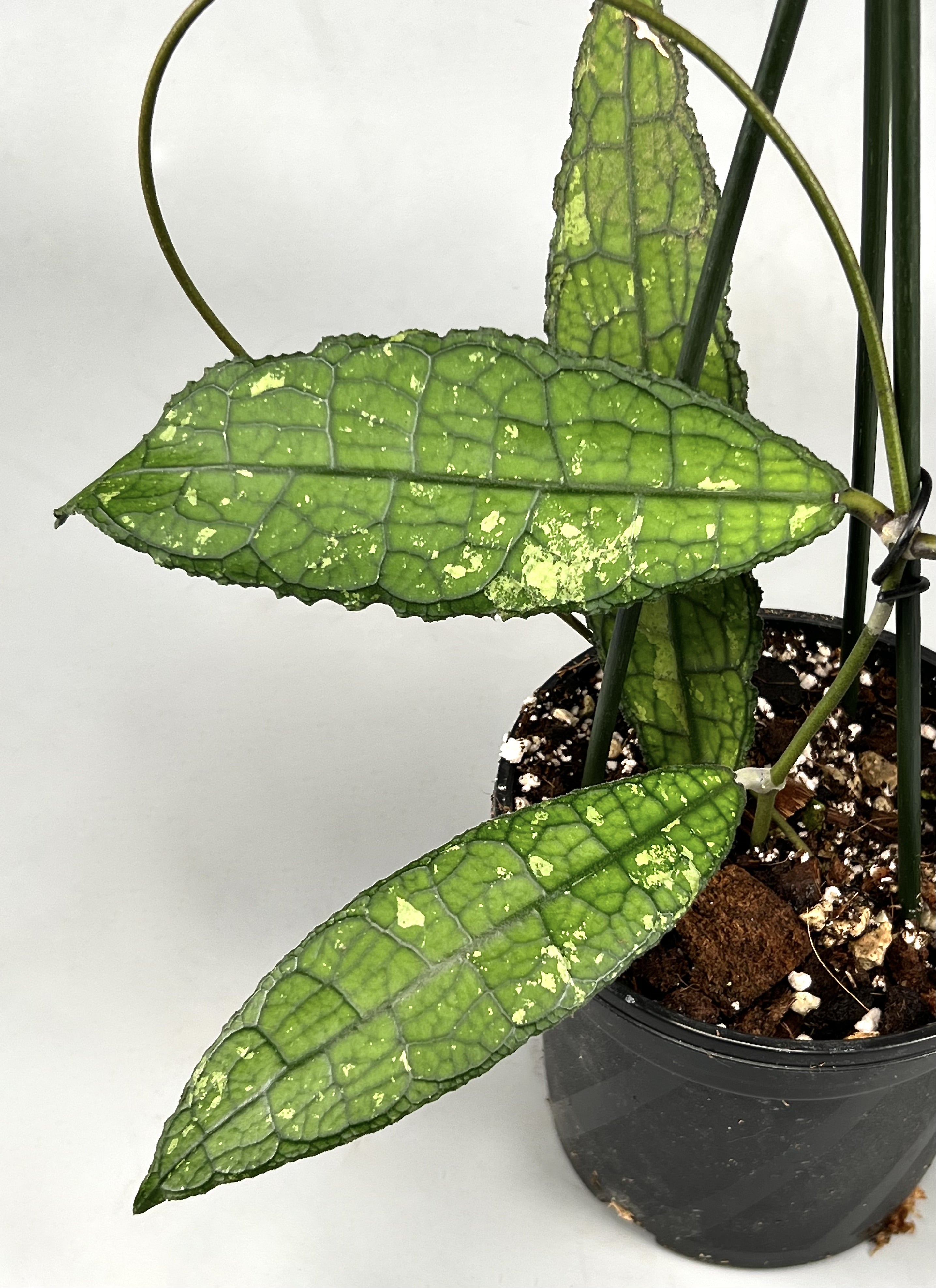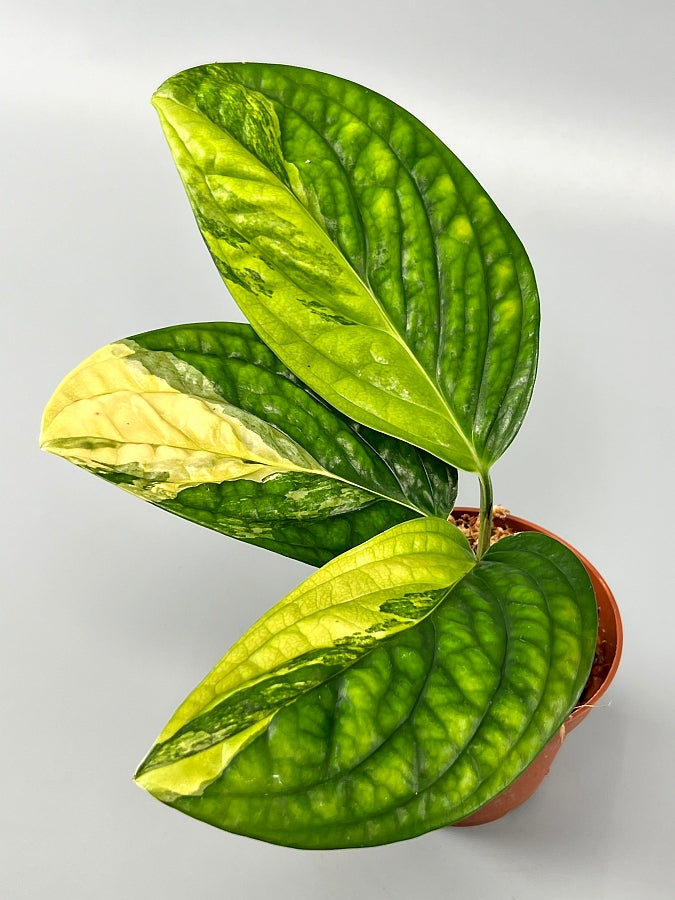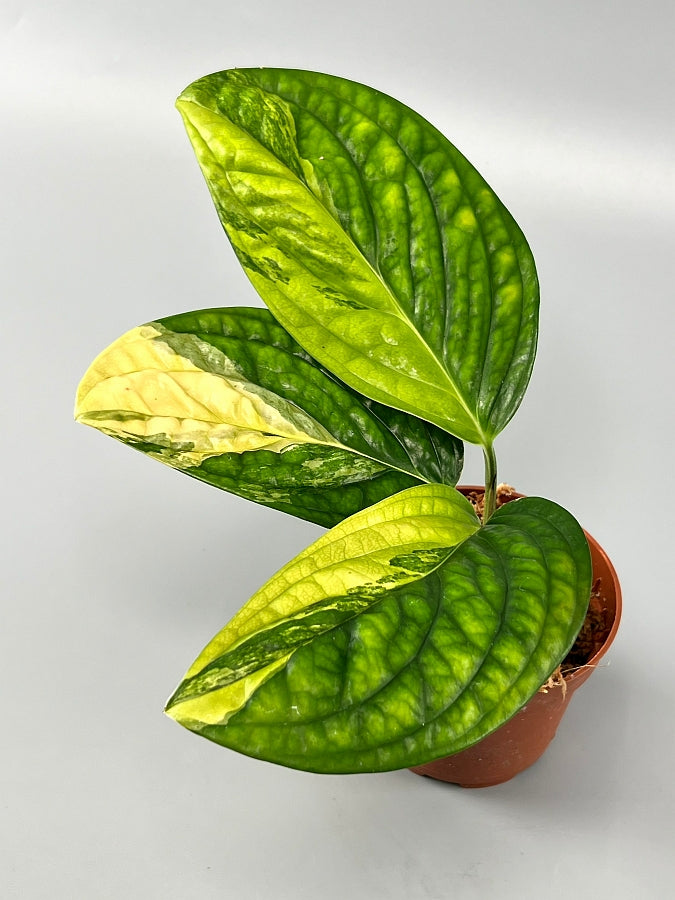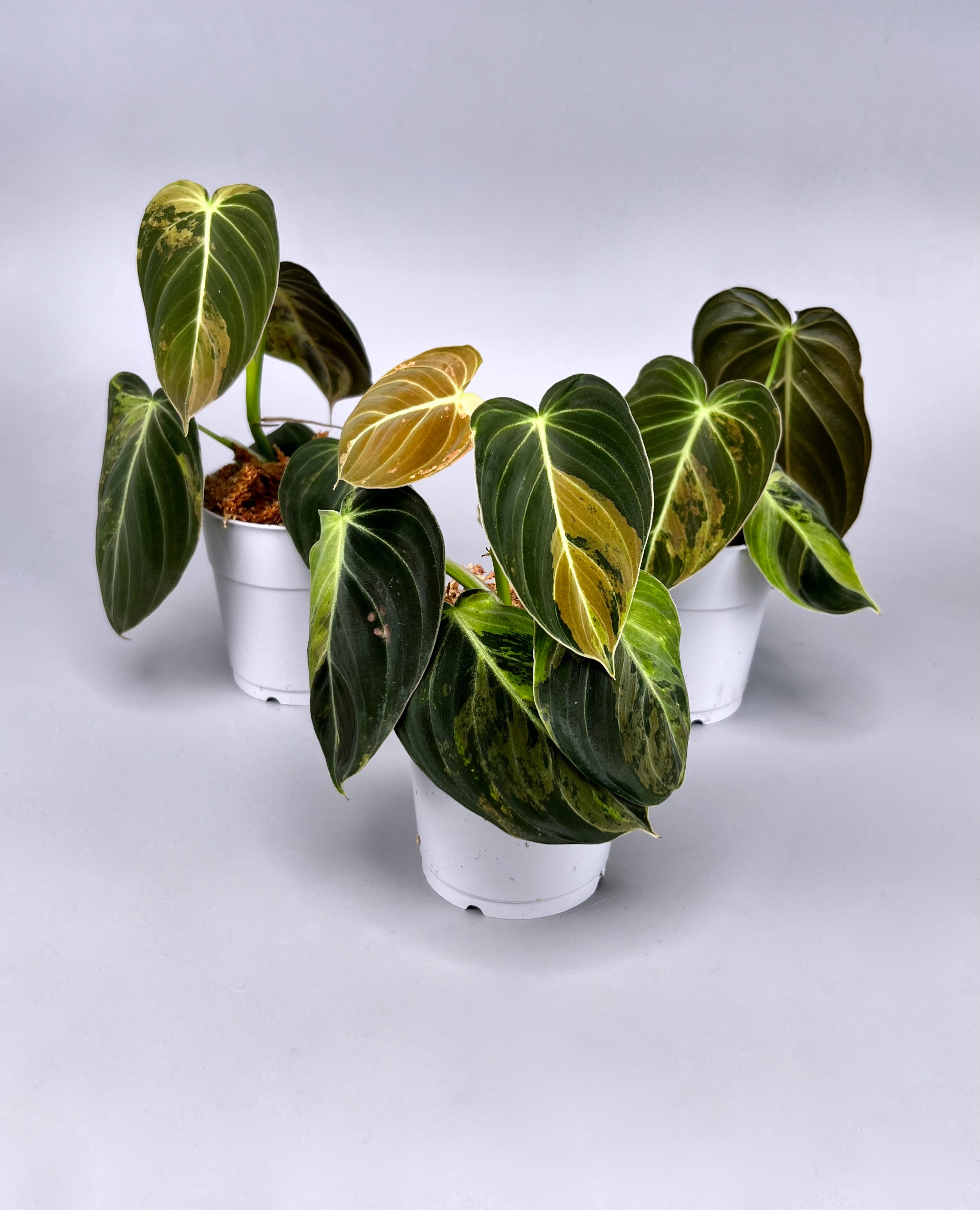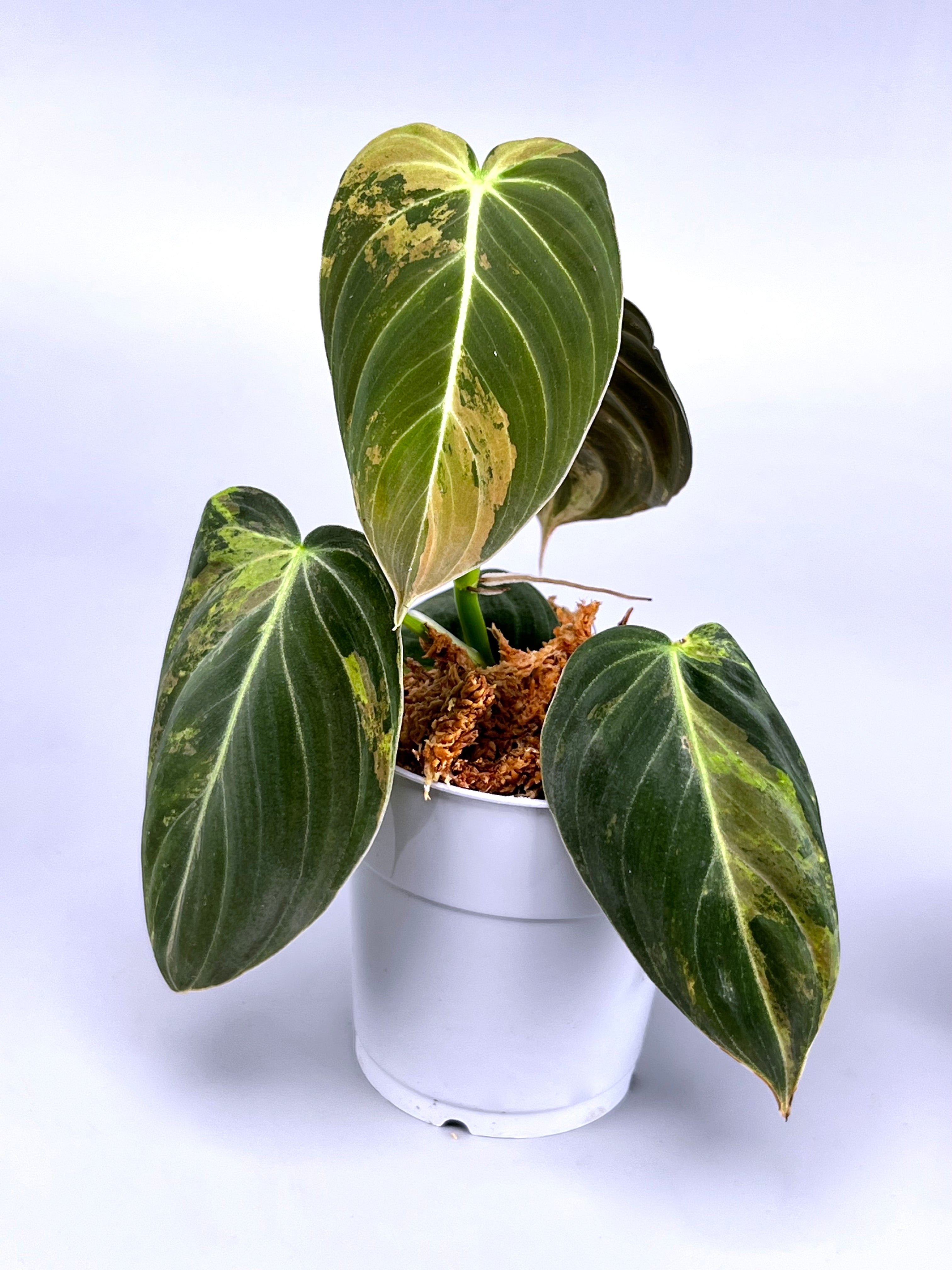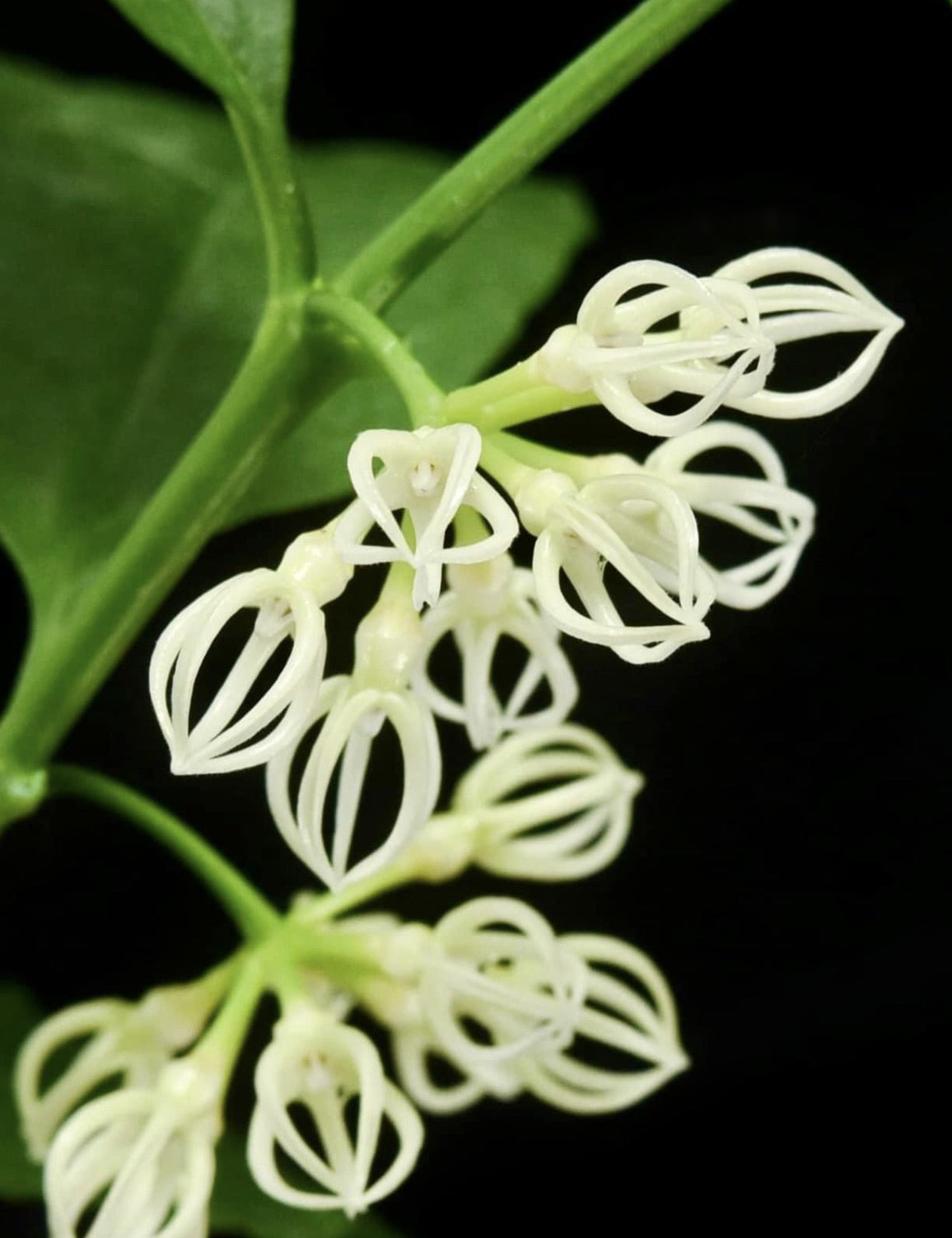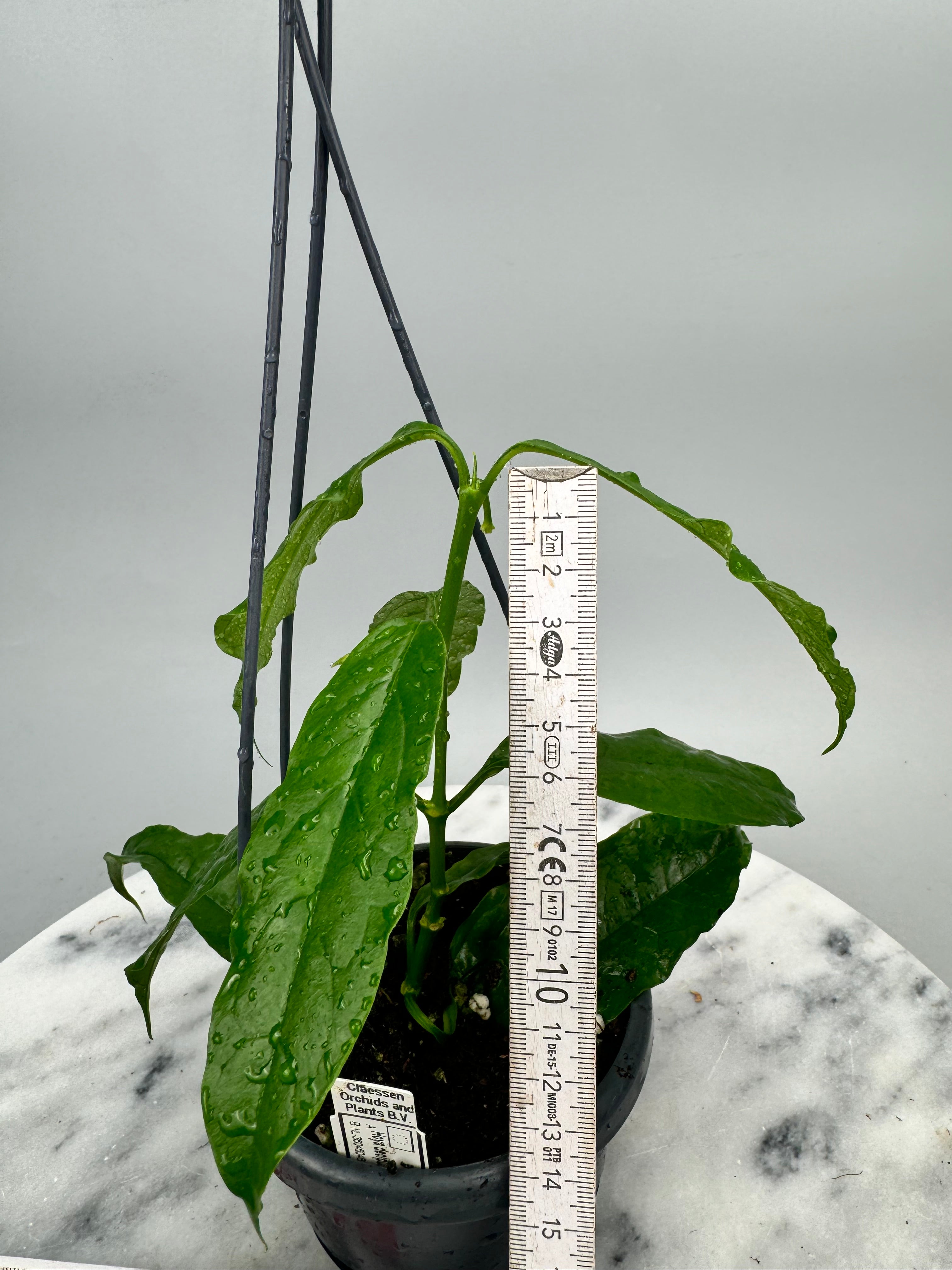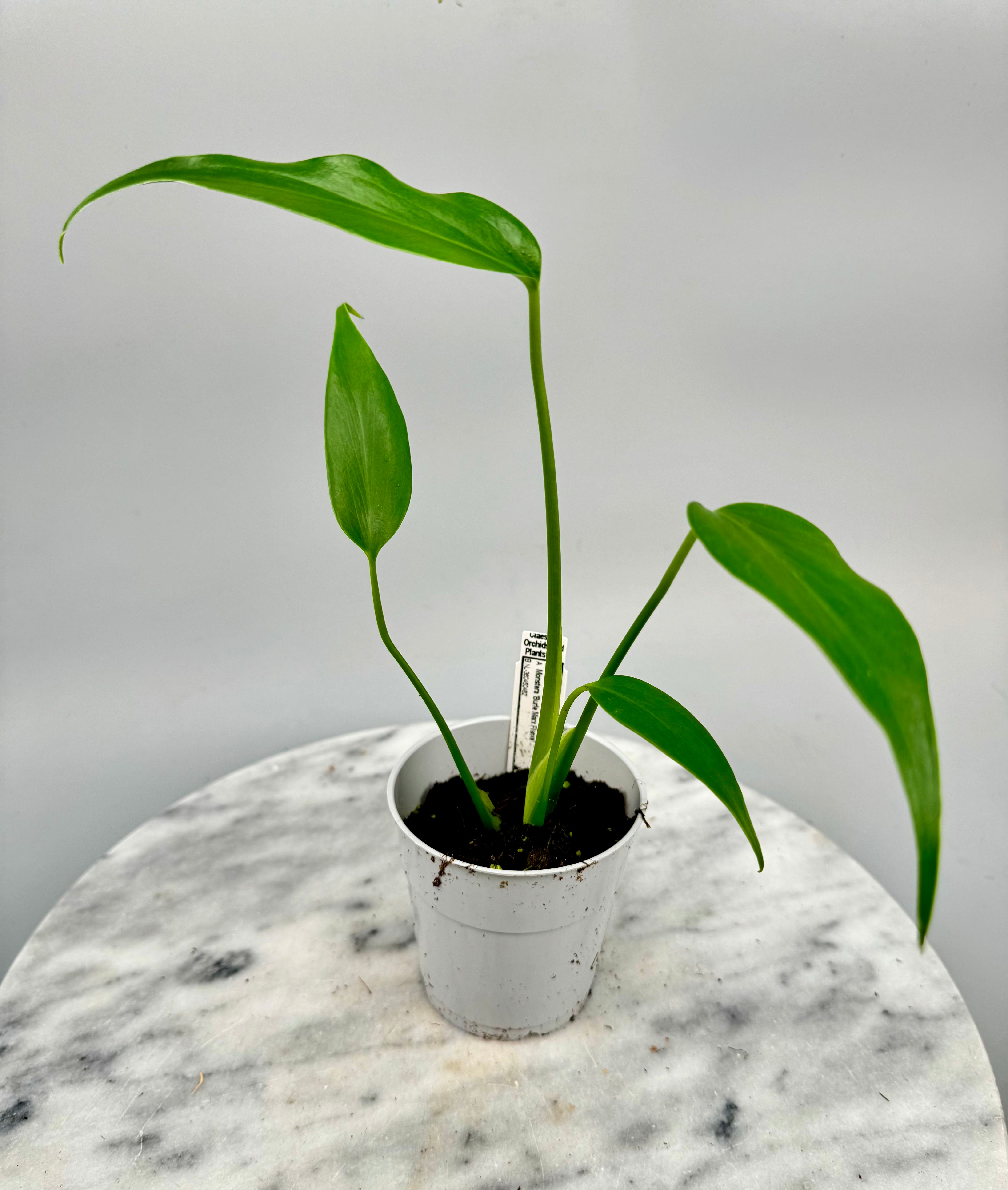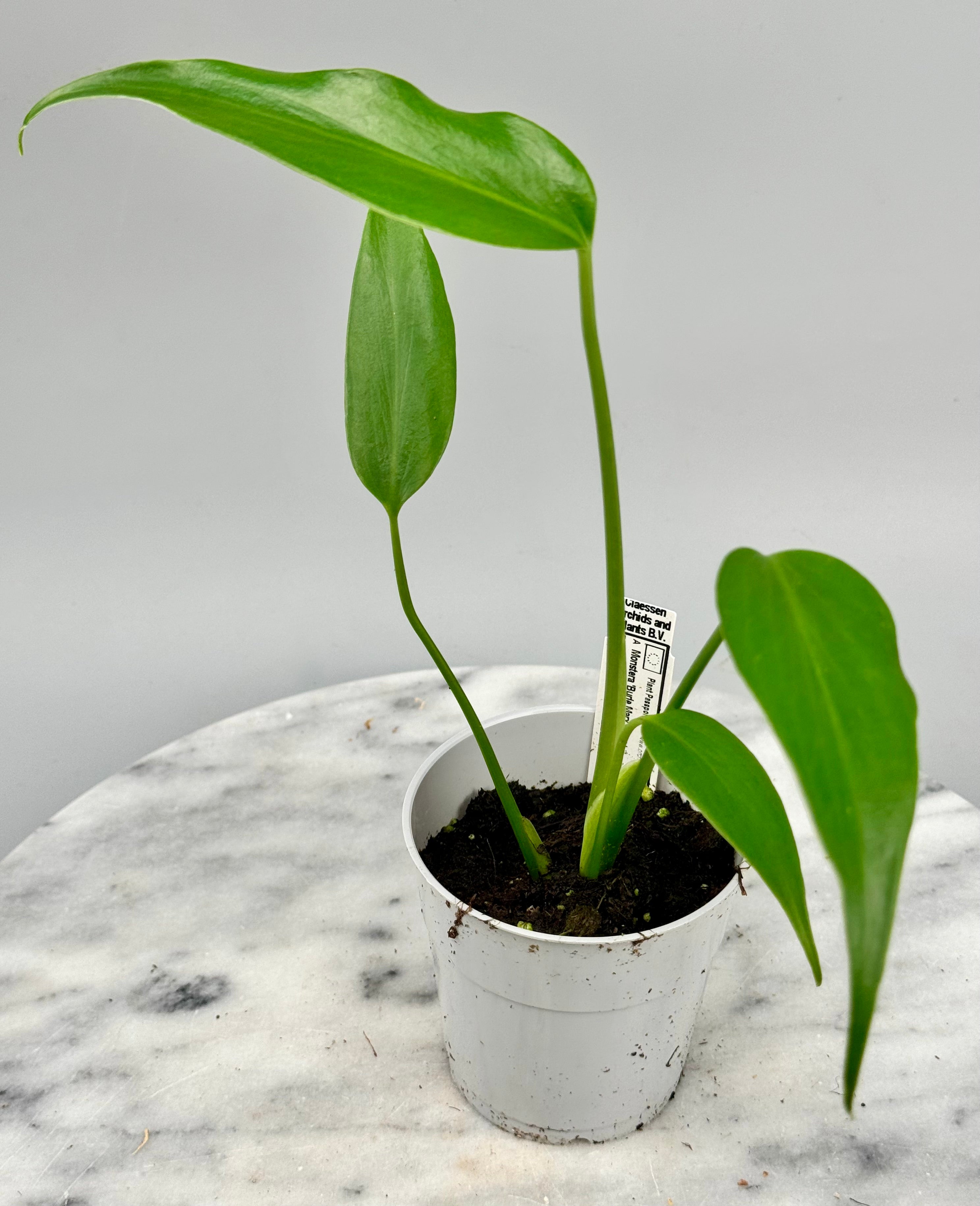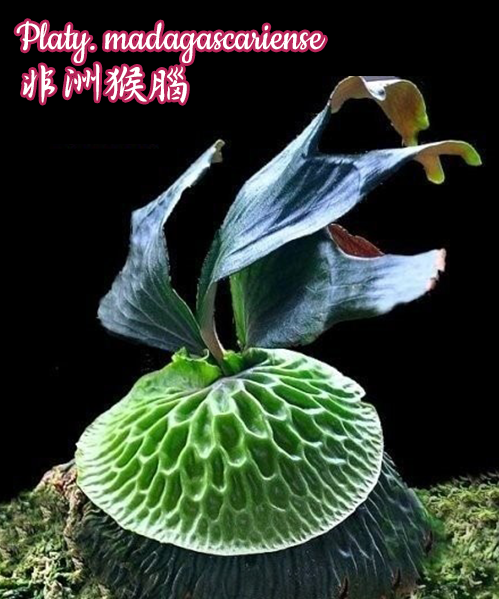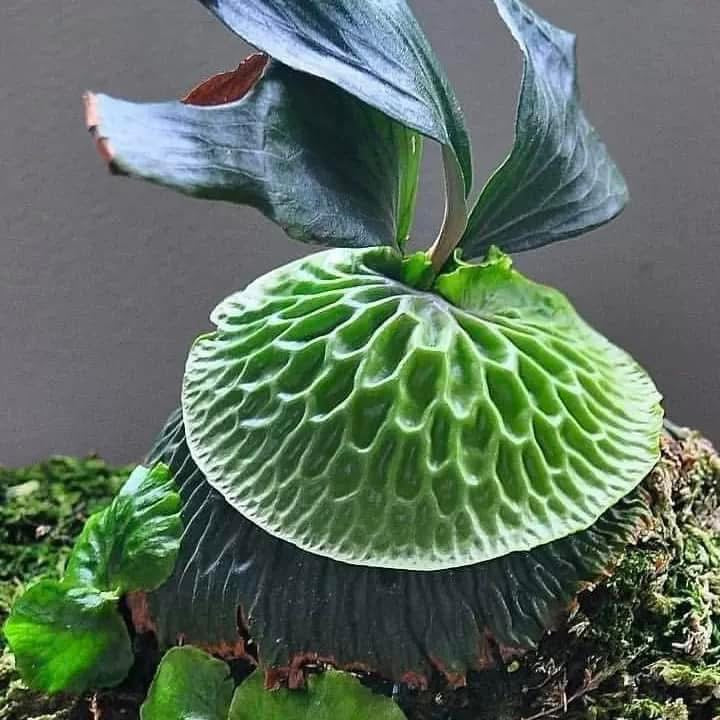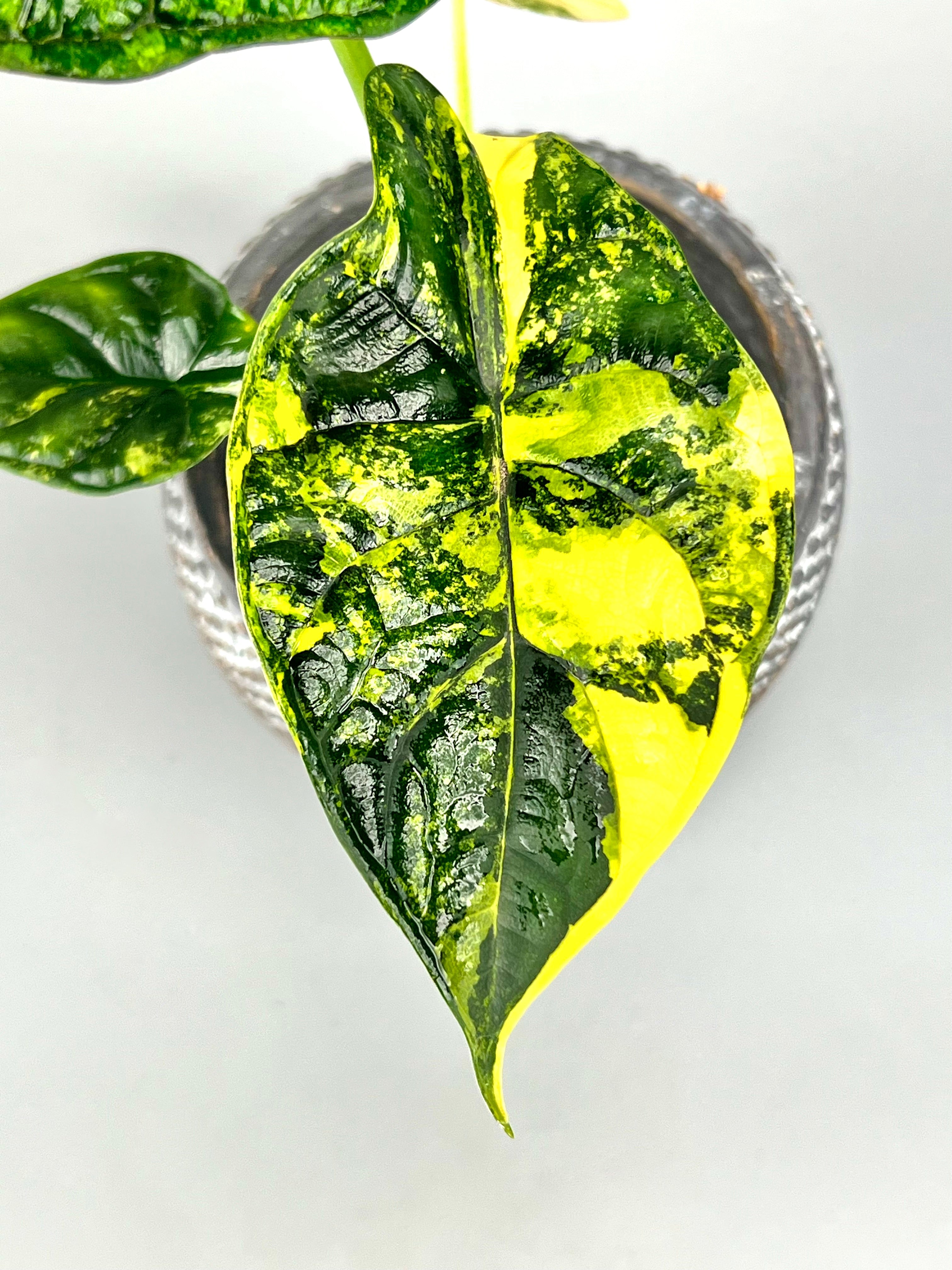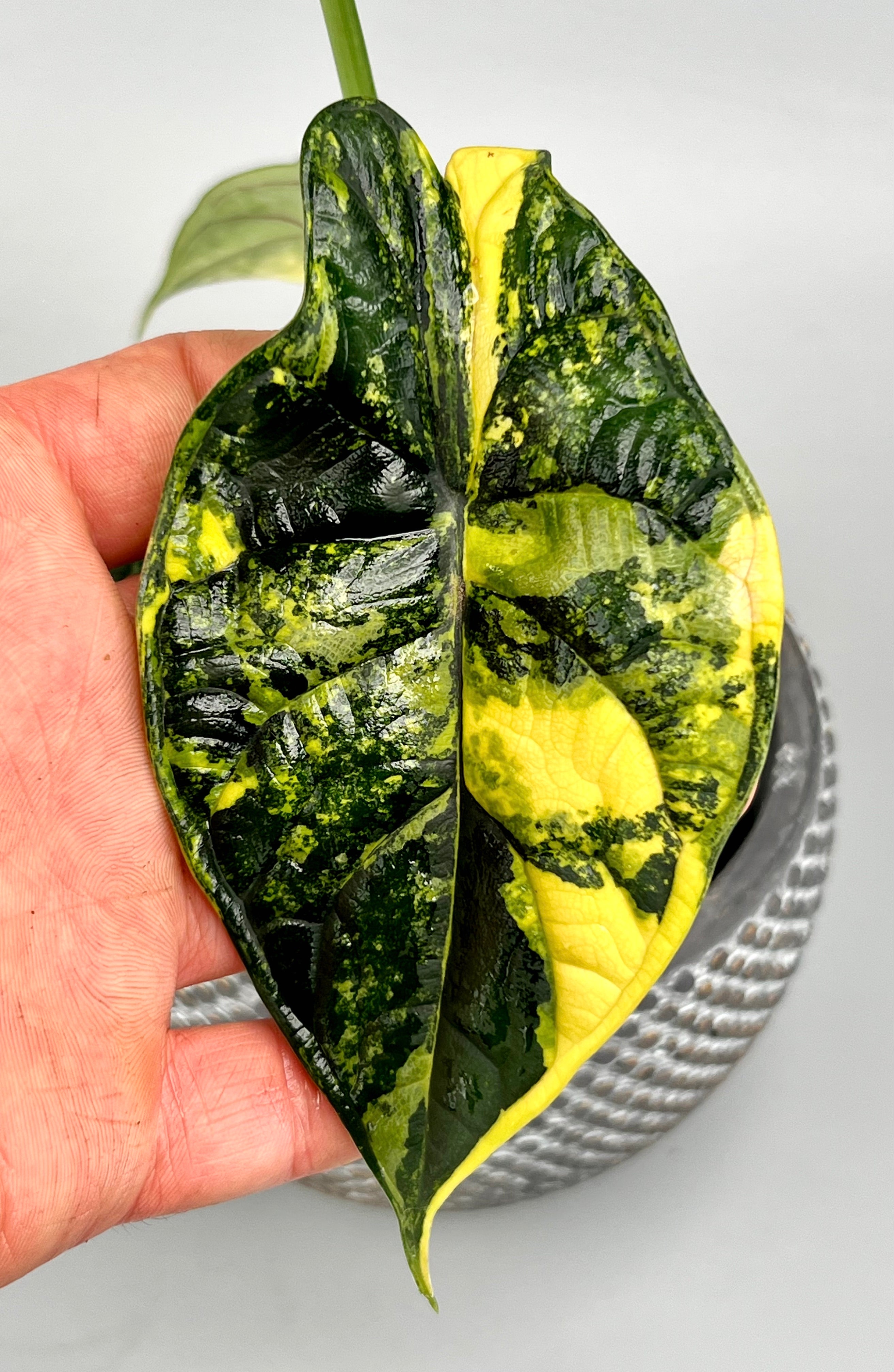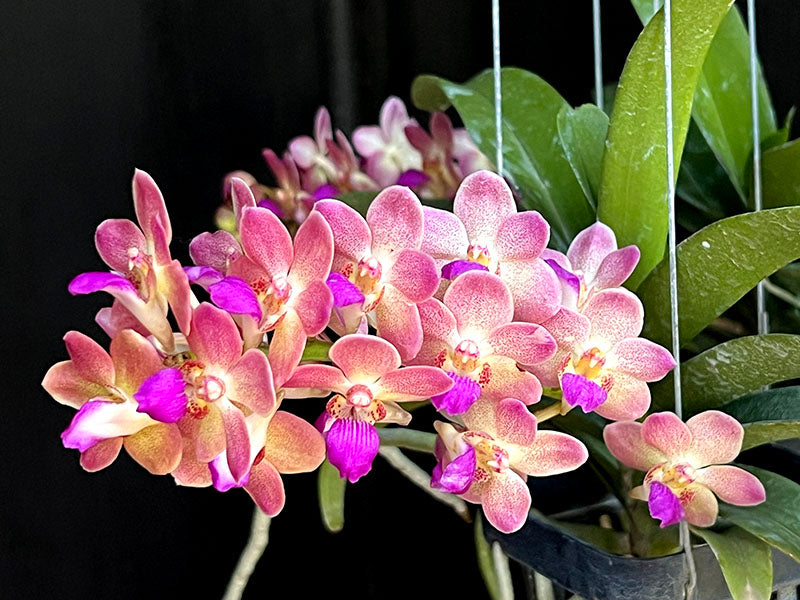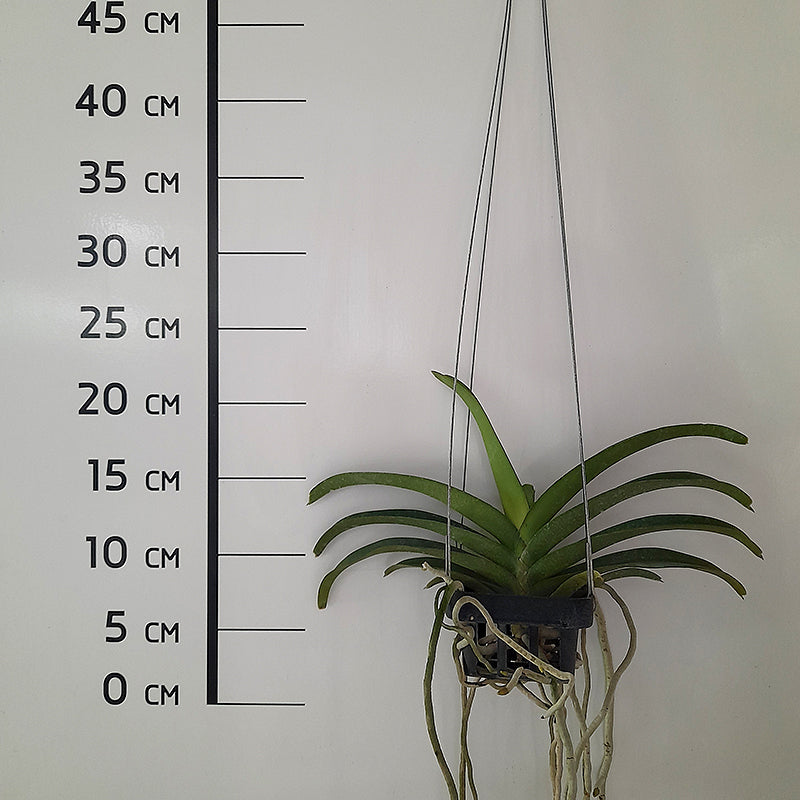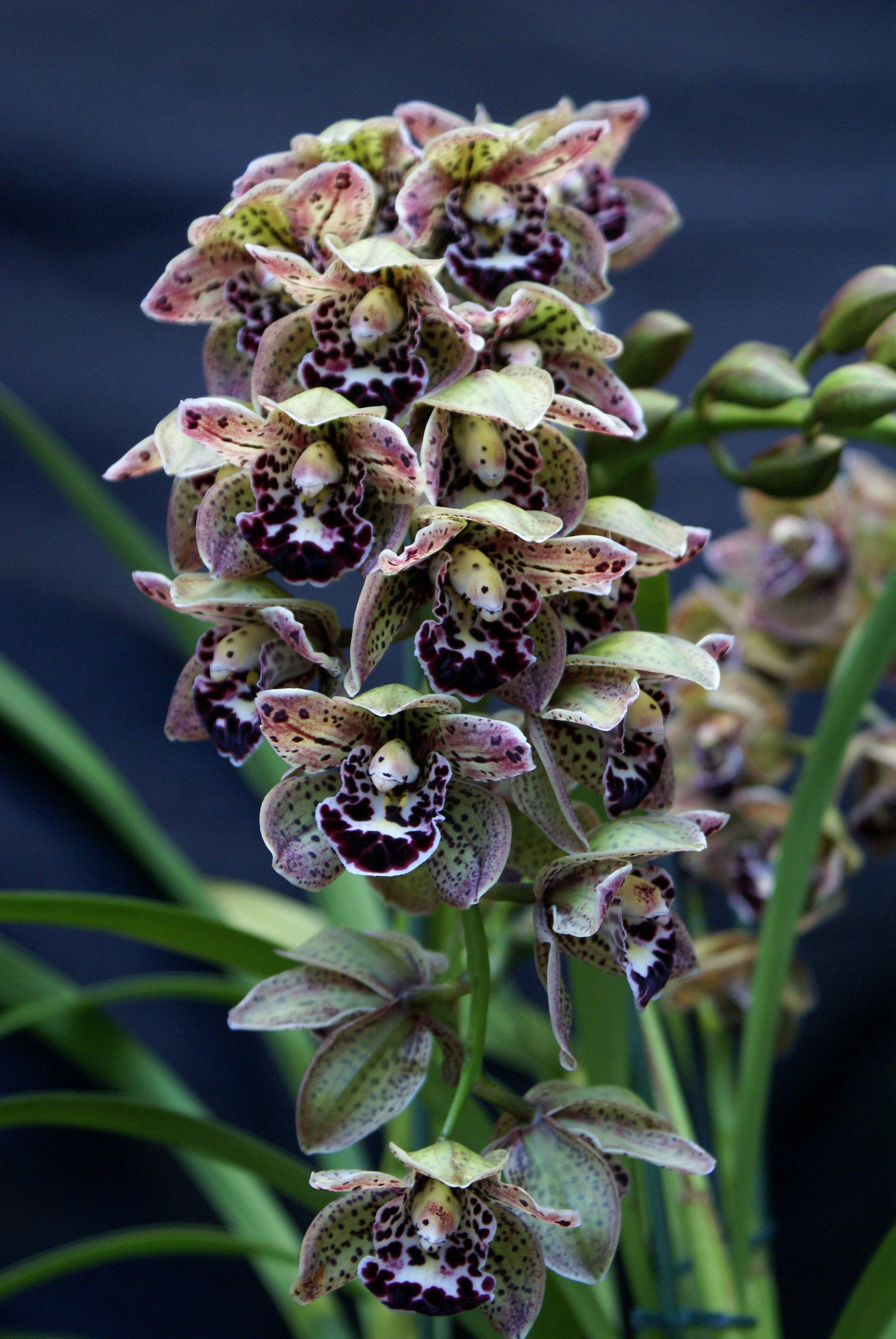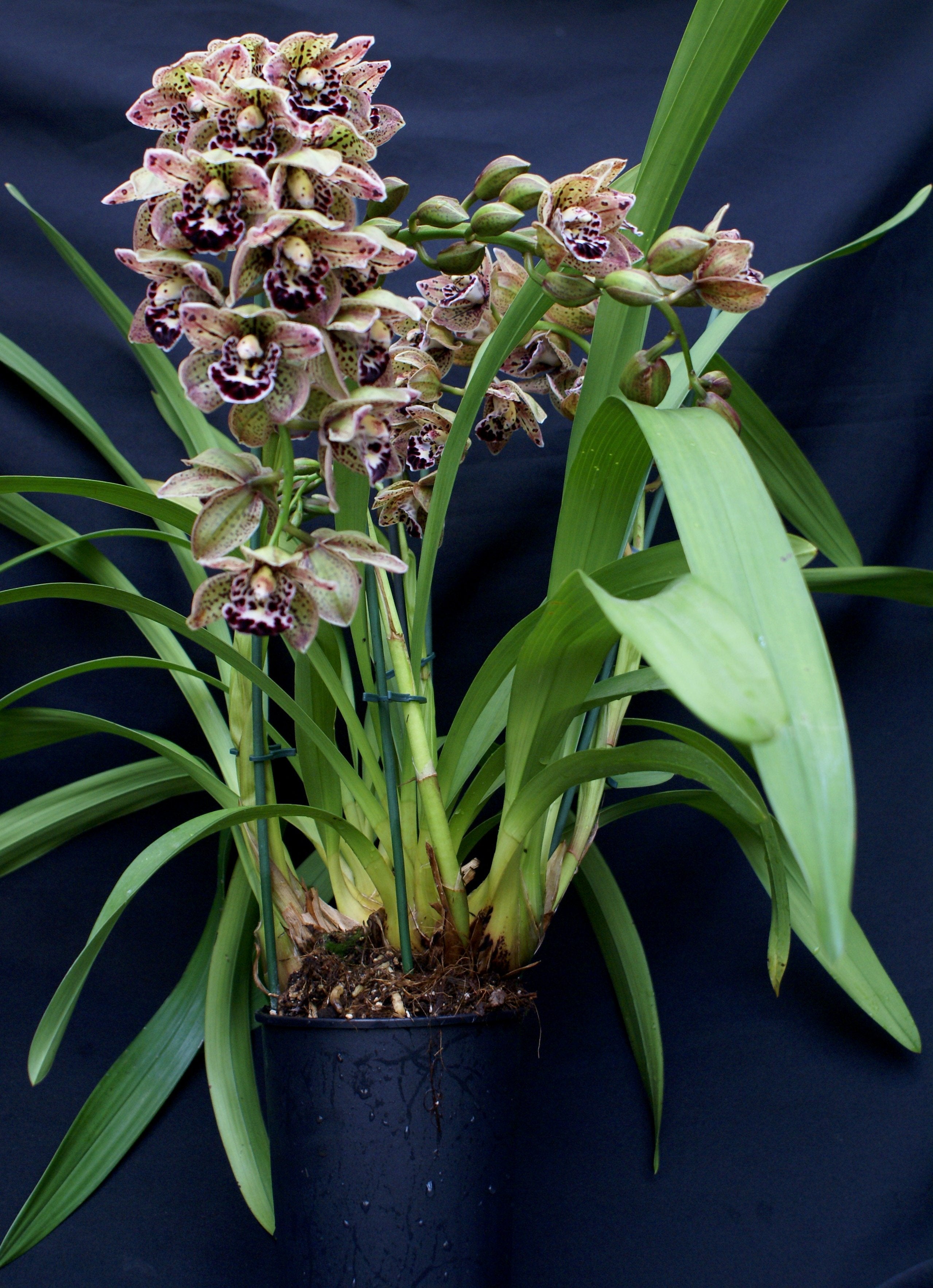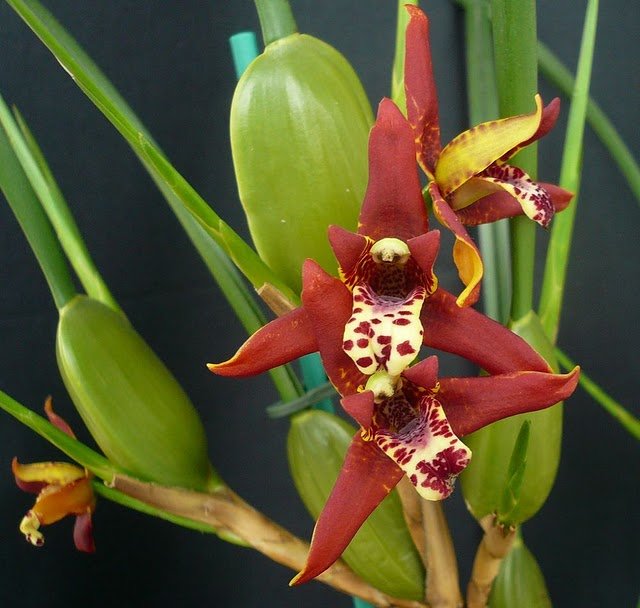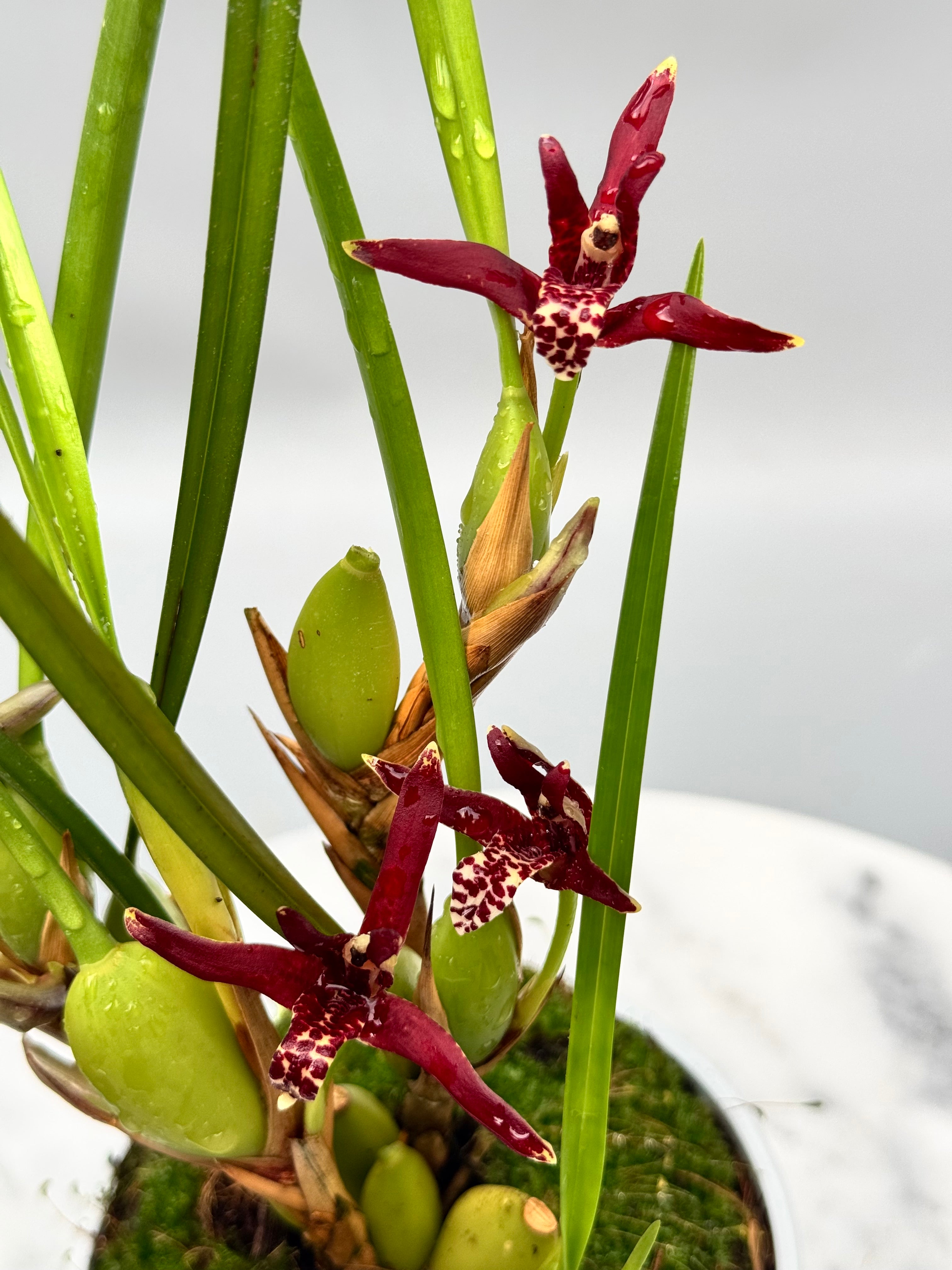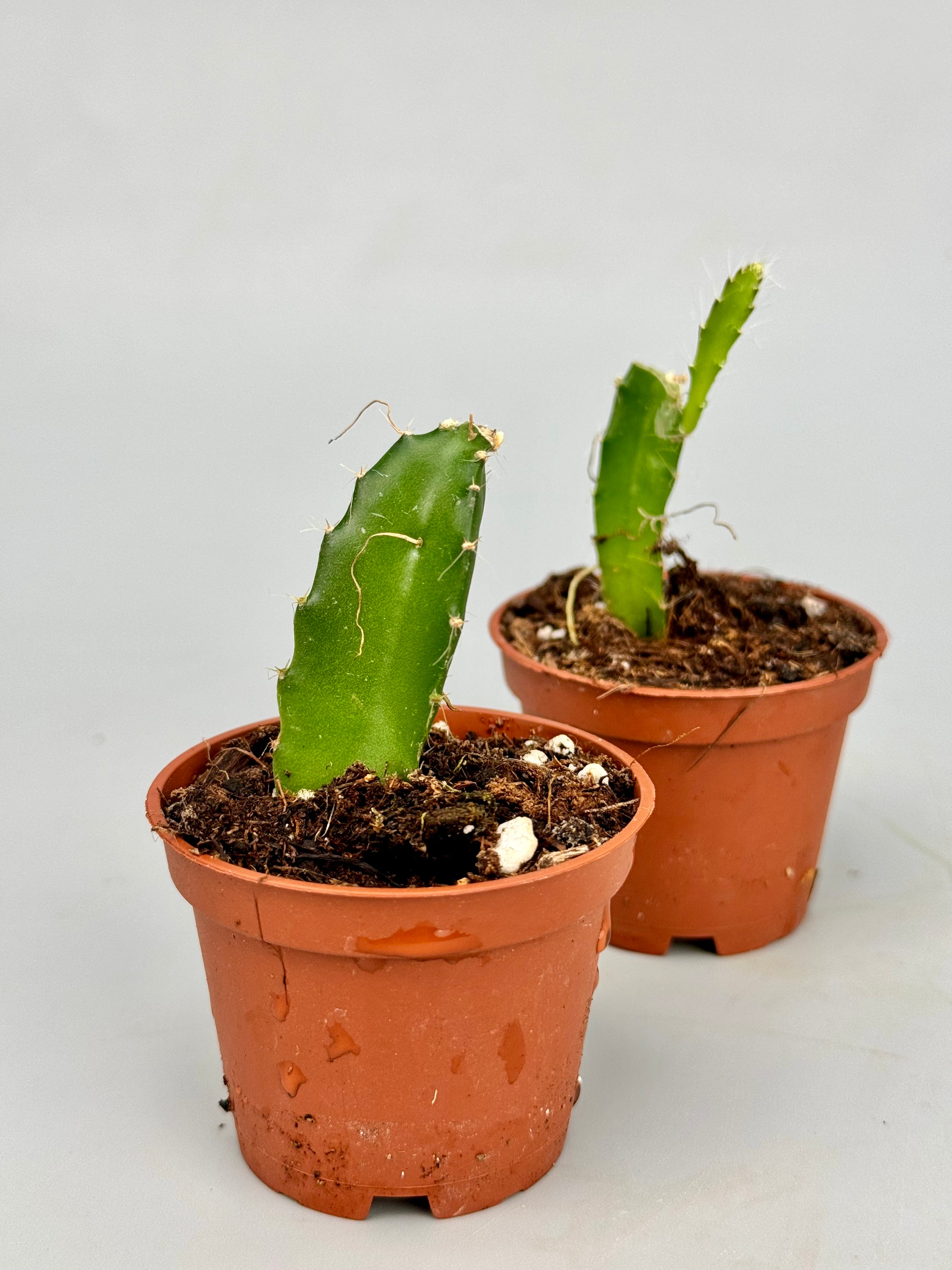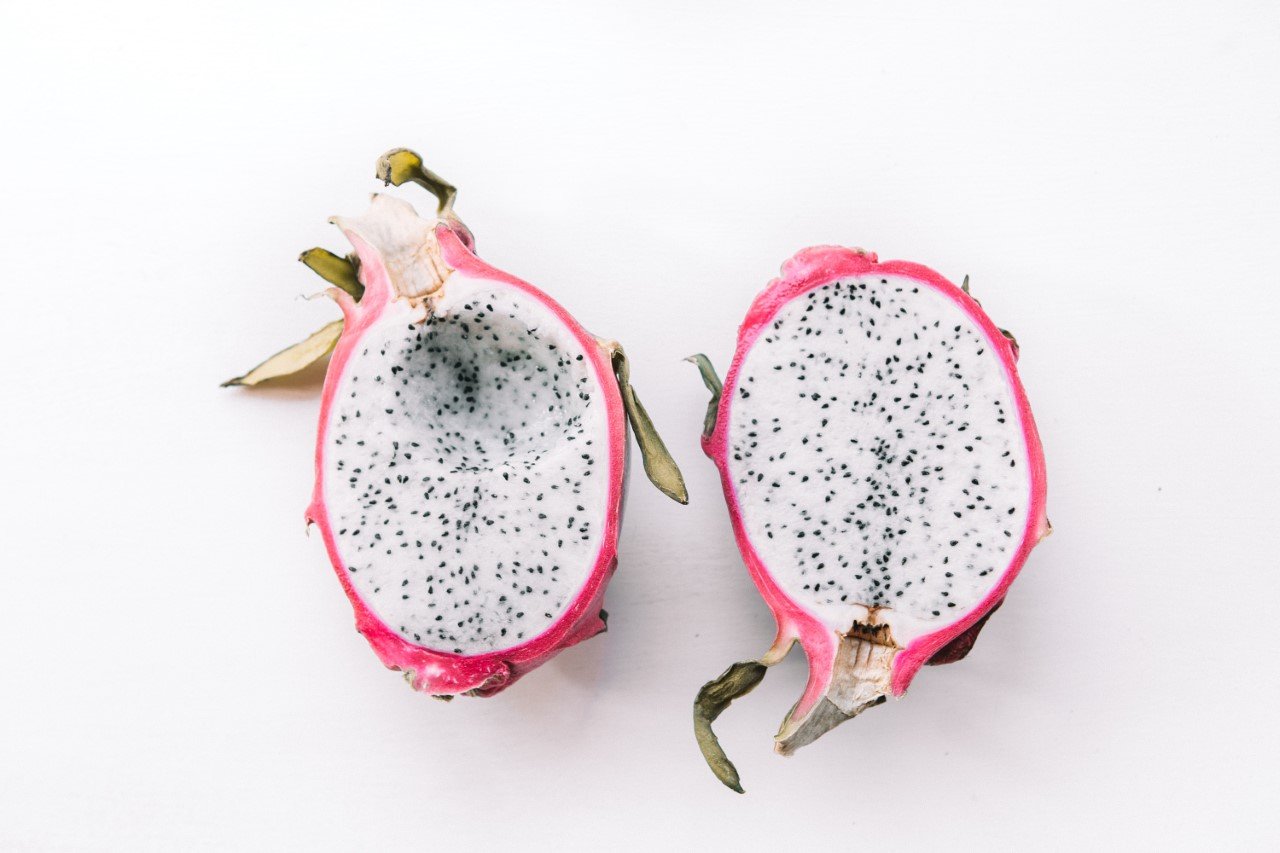Orchids come in countless shapes, colors and sizes. Some are loved worldwide and available almost everywhere, while others - despite their spectacular appearance - rarely, if ever, show up in garden centers or web shops. Why is that? In this blog, we dive into the less visible world behind the scenes of the orchid trade. Because beauty alone is by no means always enough.
1. Slow growers are tough candidates
One of the main reasons why certain orchid genera do not appear on the market is their slow growth. Species such as Paphiopedilum sanderianum or Dendrobium cuthbertsonii can take years to get from seed to flowering plant. For a commercial grower, that means long waiting times, high maintenance costs and a lot of risk. A plant that takes five to 10 years before it can be sold is simply not viable for mass production. This also often makes them somewhat more expensive to purchase at a flowering size.
For enthusiasts with patience, these slow growers are often a dream, but for the market they are an impractical product.
2. Difficulties in seed germination.
Orchids produce microscopic seeds with no food reserve of their own. In nature, they need specific fungi to germinate. In the nursery, this is done artificially in sterile laboratory conditions. However, some species are so difficult to germinate that even with modern techniques the success rate is low. Think of certain Coryanthes or Bulbophyllum-species.
For commercial breeders, the risk is simply too great. Why invest in a species where half or more of the seeds never make it?
3. Vulnerable during transport
Some orchids are so sensitive that the slightest change in temperature or humidity can damage them. Miniature varieties with fine root work, such as Dracula or Masdevallia, cannot withstand dehydration and quickly fall prey to rot if they remain too wet in their packaging. Transportation from abroad or even between nurseries is then a real challenge.
This makes it difficult to get them to consumers safely and in good condition, which in turn leads to high return rates and disappointed customers - something stores or growers obviously want to avoid.

4. Extremely specific growing conditions
Some species have such specific requirements for temperature, air circulation, humidity or light intensity that they barely survive in an average household. Consider cool-growing mountain species that flourish only at night temperatures below 10 degrees Celsius.
While their flowers can be enchanting, they are beyond the reach of the average enthusiast with a windowsill. And therefore also outside the range of most growers.
5. Unknown makes unloved
Finally, there is the psychological side: unfamiliar orchids often evoke less buying interest. Most customers choose what they know - a Phalaenopsis, Cattleya, or Vanda. Exotic names and unusual shapes can increase barriers, especially if little information is available about care.

This leaves some unusual species on the margins, even if they would be technically cultivable.
In conclusion
If, as an advanced enthusiast, you are sometimes surprised that a beautiful species is nowhere to be found for sale, know: there is often more at play than aesthetics alone. Slow growth, germination problems, transport sensitivity or high demands make some orchids unsuitable for the general public - but no less fascinating.
These very species are often the crown jewels of private collections. Not because of their popularity, but because of their rarity and challenge.
Still want to try something extraordinary? Then look at specialized growers, like us, or at international auctions. Who knows, you might discover an unknown gem that suits you - and your growing knowledge - perfectly.

